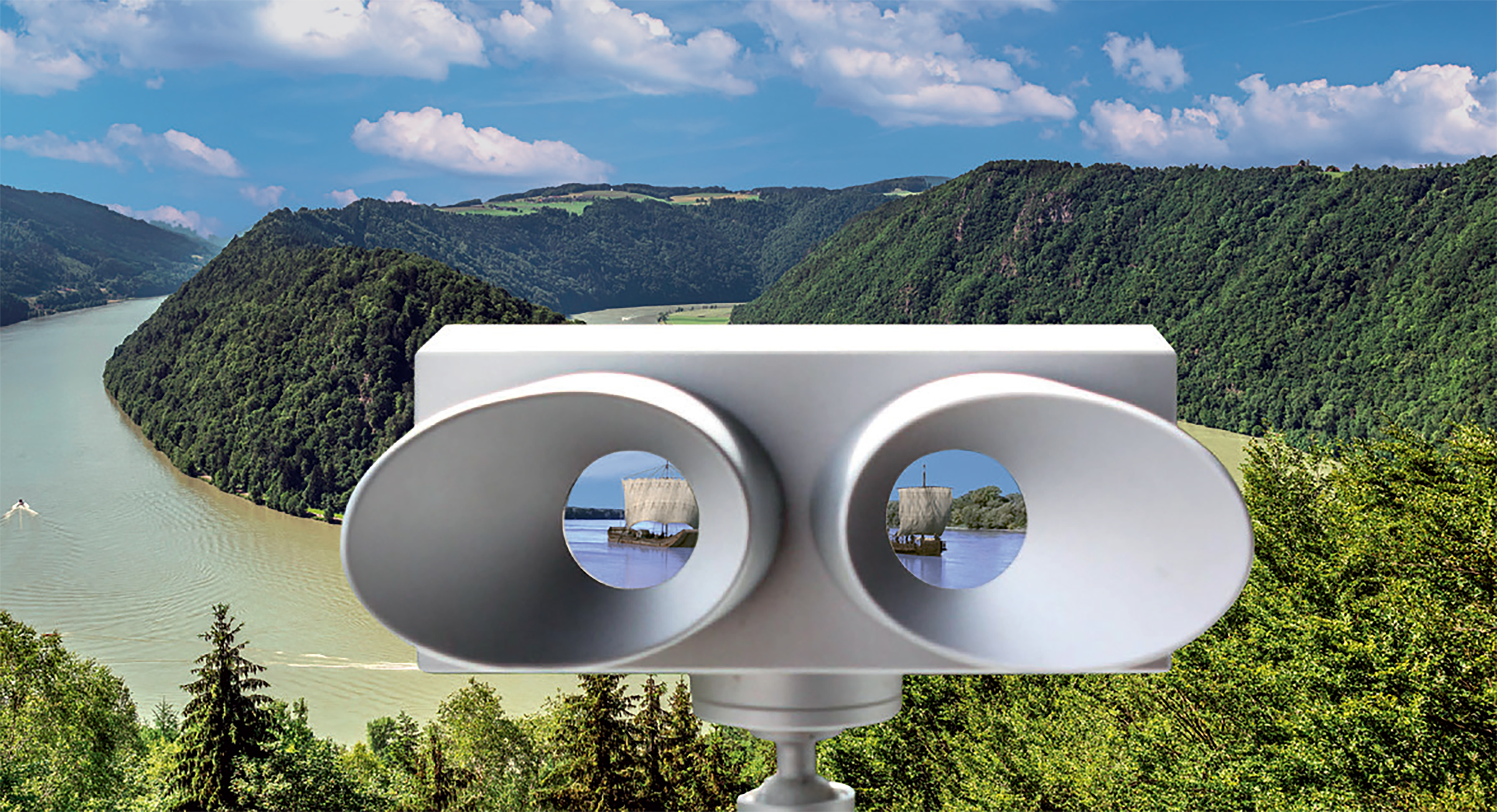Several targets of the EUSDR priority area on culture and tourism are to develop tourism in the Danube Region and to ensure the sustainable preservation of cultural heritage and natural values by developing relevant clusters, and networks of museums, interpretation and visitors centres within the Danube Region.
Financed by the Danube Transnational Programme, the Cultplatform_21 project contributes to the EUSDR culture&tourism’s targets, by working against forgetting and creating awareness of cultural diversity and history in the Danube Region.
In the course of history the Danube area has experienced a chequered past resulting in a culturally and historically rich but fragmented history. The (im)material cultural heritage is the (in)visible testimony to it and, as a non-renewable and irreplaceable resource, it forms people’s collective memory. Even if (hidden) heritage sometimes includes dissonant, unpleasant or unwanted memories, it is a cultural treasury of inestimable value for present and future societies.
Thus ‘hidden places’ have been searched along the Danube and further data was collected and elaborated. Through the study Our Hidden Danube Heritage – Guidebook on resourcing hidden heritage for tourism and a collection of hidden heritage sites along the Danube – “Mapping Hidden Heritage Hot Spots”, Cultplatform_21 helps in discovering hidden heritage.
By using new technologies and artistic means, Cultplatform_21, contribute to conveying historic places and events in a contemporary way. The project sought a response to multiple themes: the interpretation of historic places and events in a contemporary way (culture), the experience of culture (international audience/ tourists) and the development of new destinations along the Danube (tourism).
Under the heading “Heritage Reloaded” and according to the concept of making the invisible visible, Cultplatform_21 developed and implemented eight pilot projects to create spaces of remembrance. Using 3D applications for digital reconstructions renders lost history visible again and create distinct experiences of historic sites, as well as artistic interventions allow encounter and exchange with hidden cultural heritage.
By creating a Policy Learning Platform, the core outcome of the project, as cultural policy network of the project partners to enhance cooperation between culture and tourism and think tank of stakeholders from EUSDR countries, Cultplatform_21 contributes to expand cultural routes. The Policy Learning Platform follows an interdisciplinary approach and it is an active contribution to the EUSDR.
One key result of the Danube Culture Platform was to develop strategies for cultural routes. The most important outcome of the working meetings and conferences was the development of the “Interpretation Framework for the Cultural Routes Based on Hidden Heritage in the Danube Region” and the proposal of “Themes for the Prolongation of European Cultural Routes”.
All 19 project partners from 8 countries in the Danube Region understood the importance of history for the future generations and joined their efforts towards the culture of remembrance to raise awareness of the cultural diversity and history.
Photo & video: Cultplatform_21 project




